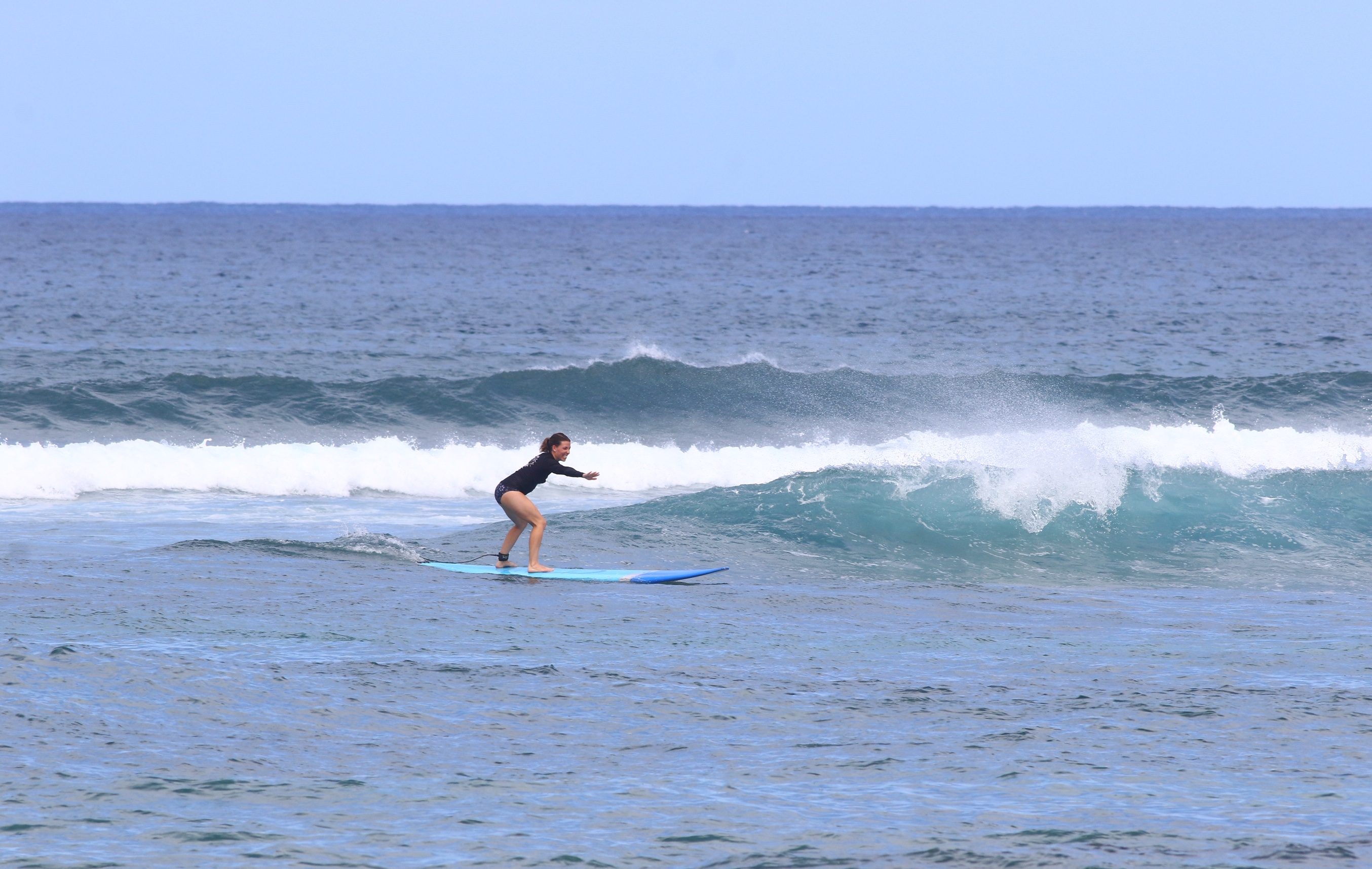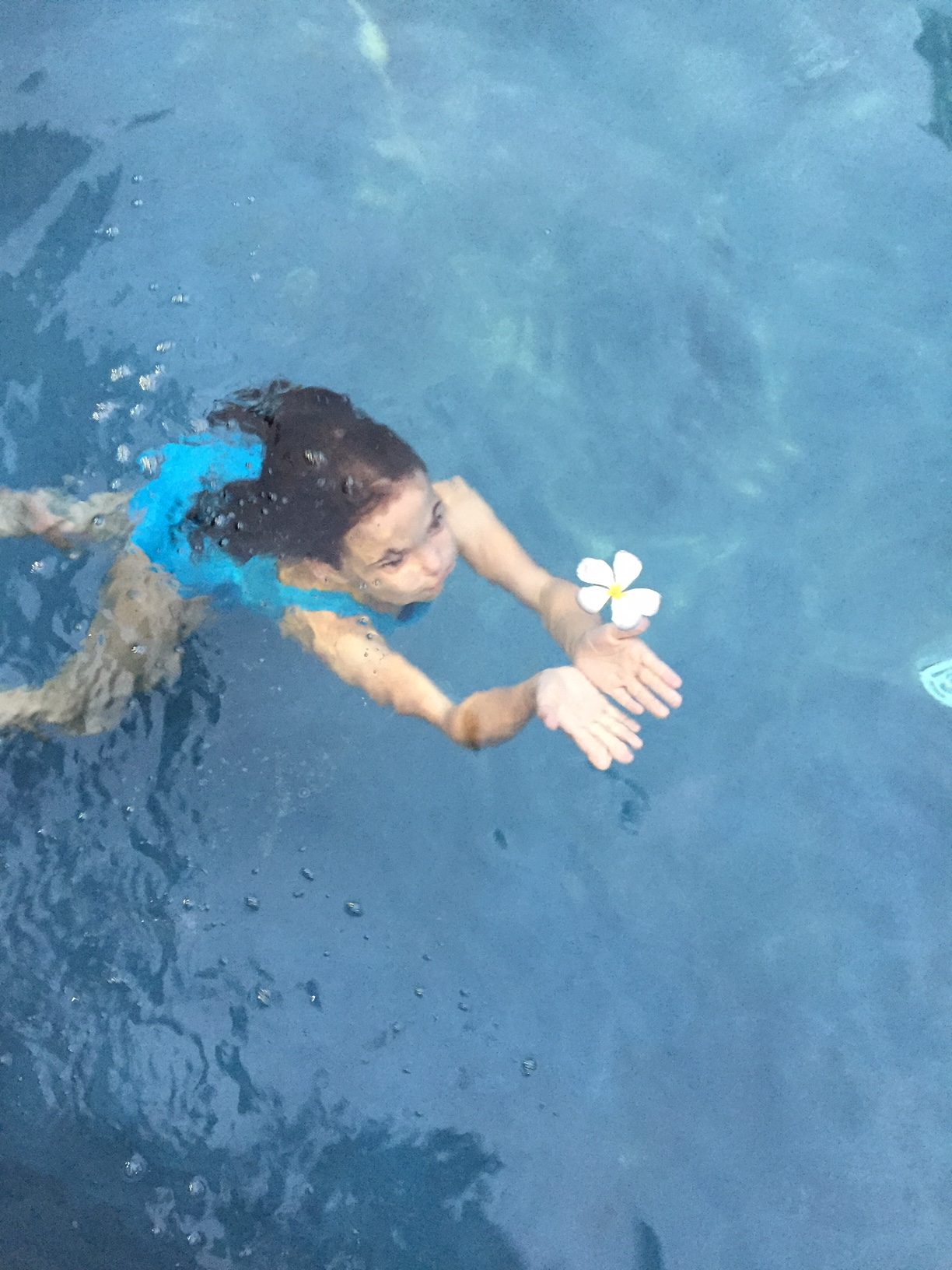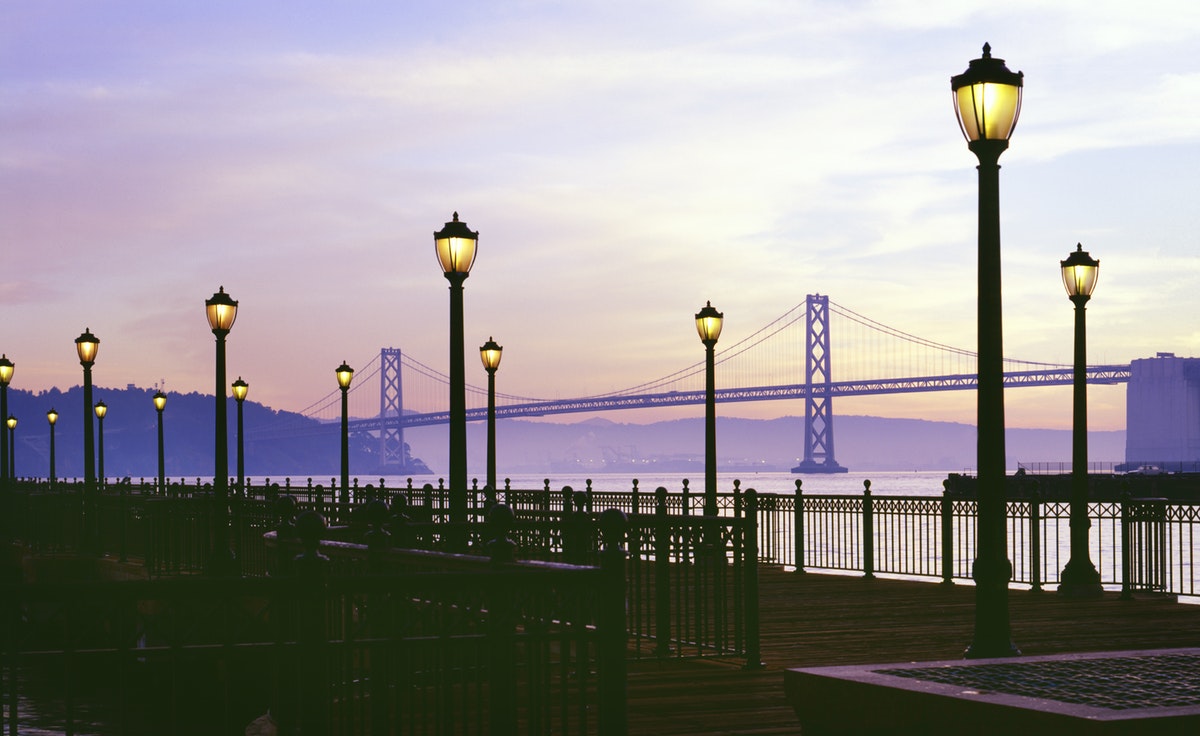We are staying in a ryokan, a traditional Japanese inn. We arrived to face a line of women dressed in kimonos poised and ready to greet us with a bow. I’m so awkward with this type of grandiose hospitality. Upon exiting our shuttle bus, the staff were so eager to take my bags, I just handed them all off. I’m more concerned about someone getting in trouble for not doing their job than I am about what I actually need or want as the guest they’re trying to impress. I walk in and the kimono ladies all bow and greet me with smiles, which my Canadian modesty can bear exactly one time. I walk over to check-in and realize I need our passports and therefore have to run back outside to chase my bag down while the woman assigned to help us is apologizing profusely. Walking through the doorway a second time – all the ladies bowing – it’s almost too much.
Our time in Japan began in Tokyo. You know the pictures you see in magazines of Asians wearing face masks? In Japan – and especially Tokyo – face masks are pervasive. People are not wearing them because they are sick, but as a preventative measure. I wish our family had been quicker to jump on the mask-wearing bandwagon. While mask wearing in North America is broadly reserved for hospitals, I think this is one social taboo we should abandon – for good reason. Our second night in Tokyo both Penelope and Elyse developed a horrendous cough, reminiscent of when our big dog Sumo once had Kennel cough (like whooping cough in humans). The sound is bark-like.
To date on this trip, Elyse’s puke count is up to three. Once after a long flight (we’ve medicated her with anti-nausea meds since during subsequent travel) and twice in one day since arriving in the Mt. Fuji region. She happened to be sharing a futon with me, directly facing me, when she appeared to choke on her phlegm from a cough and threw up all over my pillow. The joys of parenthood. After that, she put herself back to bed and slept the entire morning. She got up around lunch time, drank some orange juice and ate some teddy grahams, which also came up. Then she was fine. A kid’s ability to rally is phenomenal, but I’m questioning whether a face mask may have prevented the drama. While it’s hard to say whether the vomiting was a result of her cough or a virus or otherwise, I know for sure that all the travel and tiredness has something to do with it. Also, culture shock!
One night at dinner Elyse asked for pizza. There is no such thing as pizza in Japan, and for the North American – isn’t that weird! Since we’ve arrived here, I’ve been craving Mexican food – give me a grilled chicken pita or fajitas or a Mexican salad – no way! That is just not in Japan’s wheelhouse. If you want oodles of noodles, then Japan’s got your back. I was expecting sushi to be everywhere, but certain dishes are much more prevalent according to their region than others. There must be a region for the kind of sushi we eat, but we are simply not in it, though I have eaten my fair share of sashimi (raw fish). It is such an odd feeling to be completely outside your comfort zone. Stick me in North America and I can get along just fine. I know what food to buy in the grocery store for my kids. I know I can always order something, and have it delivered to my doorstep. Not so in Japan. The hotel we are staying at, the finest in town, or so I’m told, does not serve lunch; you have to find alternative arrangements, if lunch is your thing. And yes, lunch is my thing.
I have little to no Japanese to work with and the English at the front desk of our hotel is mostly limited, but this is the gist of various conversations I had with staff one morning:
My daughter is sick, can we bring food up to the room for her to eat later (from the breakfast buffet).
The response: Umm, no. No, you cannot bring food up to room.
Prior to lunch time, I inquired about where to eat? The response: you cannot eat here.
Is there anywhere to get takeout or can we order in?
No.
Such a difference in culture! While the hospitality here is truly outstanding, in America it’s my way, all the time, when and how I want it. In Japan, there is a system for everything and that is what keeps the country so orderly, fair, clean and functional. Even with housekeeping, with Elyse sleeping off her sickness in our room, we wondered if housekeeping could be shifted to dinner time.
No. Housekeeping is done by 12:30.
The staff were apologetic, but…not really. Because that’s just the way things are, no exceptions. And – at the risk of sounding like I’m complaining – I’m not at all. I respect boundaries. As an organized person myself, I appreciate Japan’s transparency and adherence to rules. I put my trust in these people, but I feel like a bit of a loose cannon in comparison.
Speaking of trust, how about leaving your bags in the hotel lobby after checkout for safe keeping while sightseeing elsewhere? How about bikes left unchained, out in the open, in the big city of Tokyo and not needing to use a safe or lock your door? Japan is so frickin’ safe. And if my sense of safety is only an illusion then the Japanese are master magicians. It’s a culture of caring for the group, not looking out for number one. Case in point. One day, we took a taxi into town to visit a park and famous pagoda with a gorgeous view of Mt. Fuji. We settled on a little restaurant nearby for lunch and were treated like family. Extra treats for the kids and snacks to go. We paid a total of about $20 CAD for our meals. Before we had the chance to ask if they could call us a taxi, the owner’s daughter said she would drive us back to our hotel. And she did. This is the caring and kindness I speak of.
We happened upon our first travel mishap on our way to the Mt. Fuji region. We missed our bus and when I approached the attendant, he was reproachful. I asked him if we had missed our bus and he tapped his watch and said, “Well, look what time it is.”
We were five minutes late. Of course, we missed our bus! What, did we think it would wait for us? That is not how Japan works (or really anywhere, I’m pretty sure, but especially in Japan). And while he had given me a sideways glance, with the click of a button we were on another scheduled bus an hour later, our family seated near one another, no woman seated beside a man outside our family. One word: efficiency.
There are signs translated into English everywhere. Many people speak rudimentary English. But, the even bigger shock to my senses is that most people don’t speak at all. Japan embraces a culture of silence. On the whole, the Japanese are an extremely quiet group of individuals. Emotions are subdued. I smiled and engaged countless people on my 12 km run in Tokyo and the response was almost a unanimous look of bafflement, like what are you doing? I’m trying to be friendly, but I clearly don’t know how.
Having now experienced culture shock, I can empathize better with visitors and new immigrants who join our culture and wonder at our overt displays of emotion, in-your-face friendliness, and comparative lack of hospitality. Our North American boisterousness. The constant chatter.
Japan is so damn quiet. I find myself hushing and whispering constantly.
Those who know me might be snickering. I am who I am. A talker. Outgoing and somewhat obtrusive. Penelope and I went on a lunch date for noodles in an authentic joint and the first thing I did was to loudly knock a glass of water off the table onto the tatami mat. Like we didn’t stick out enough already. The hostess was understanding – she blamed Penelope and I didn’t correct her – but I couldn’t help but shake my head and laugh at my ineptitude. I will never be Japanese. Maybe that sounds funny, and at the risk of generalizing – what I mean to say is I could never operate at that level of perfection. I need a big margin for error. I may never be Japanese, but I will always respect this country for all that it offers and the opportunity it has afforded me to truly feel like an outsider in the best of ways.
Looking through the window, there is so much I’m taking in, including how to graciously accept the person on the other side.







